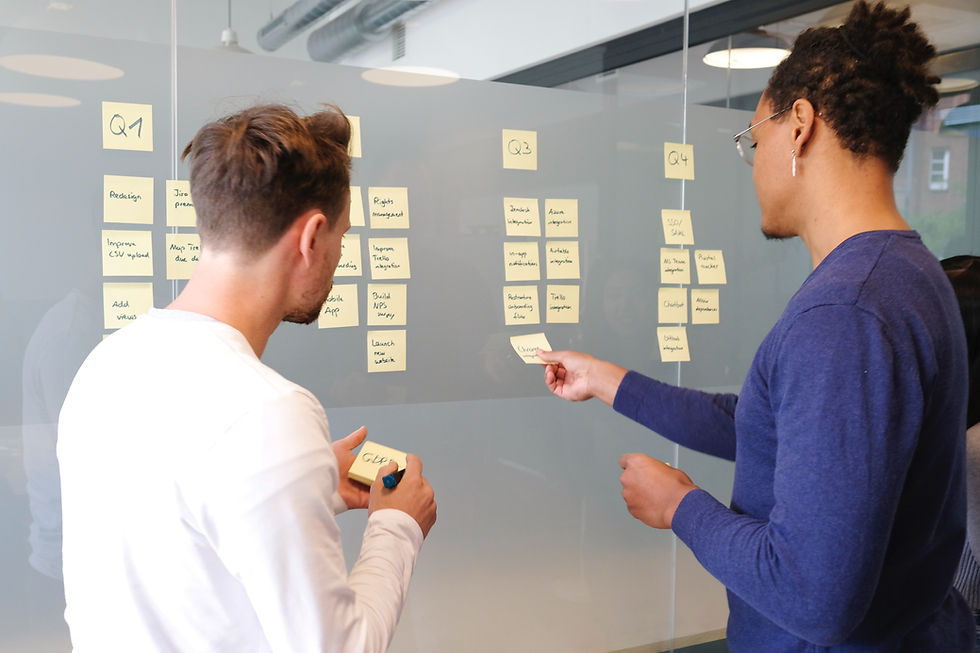
Hello Success Fam,
As you setup a CS function and work to scale your organization through customer success, how often do you get involved in Product roadmap and product decisions?
Before finding an answer to this question and establishing a fool proof method in which Product and Customer success teams are aligned, let us look at why the need for such a collaboration is critical for a business success.
A Product organization looks at industry trends, customer demand, competitive gaps, and market leadership to create a product roadmap and drive the necessary technology around it.
A customer success organization looks at customer demand, customer pain points and provides valuable feedback into what could drive more adoption in existing customers.
A good product is at the intersection of both. In today’s customer obsessed culture, listening to the customer’s feedback and incorporating them in real time is a key business need. The product organization needs to work closely with Customer Success in ensuring the right kind of prioritization is done between customer’s requirements & market requirements.
How are organizations ensuring this alignment? In my conversation with customer success leaders, there are at least 5 touch points where CS and Product need to define close communication and cross functional collaboration
Capturing requirements in one place
The product and technology office needs to put in the necessary tools to collaborate with Customer Success. Customer requirements and key product lapses must be captured in detail for product organizations to review in one central place.
Once organizations scale and become bigger, and as the number of customers grow, depending on verbal narrative will not do justice. Enter product management tools that now take customer success inputs. The tools we use regularly such as Teams or Atlassian are a good starting point to create this cross functional collaboration. The idea behind this would be to capture all the requirements regularly without losing critical information.
Product Requirement Specification
Who creates the PRD for customer requirements? It should be the task of customer
success to document customer requirements in the PRD. If Customer success cannot build this capability to write technical requirements in detail, the customer requirements cannot be captured accurately and it generally results in a loss of detail and flaws in the features later on. The use cases for which a customer requires a specific feature must be clearly captured in the specification
Feature Prioritization
How are features prioritized in a product roadmap? Product team needs to clearly set priorities to the entire organization, and more specifically to its customer success and existing customers. Customer success will be bringing in plenty of feature requirements from across multiple customers, but the final call for which one to include is based on priorities? Product and CS should respect that. The CS team’s expectation needs to be managed way ahead of time so customers bring out the right set of prioritized feature requirements.
Retraction of features/Product based on feedback
The Customer Success, if it is also in charge of professional services and/or support, must bring out all massive defects that cause critical customer impact to the attention of the product organization. Why? Because it helps the product team to reflect on its product approach and evaluate if a choice of certain technology or lack of features or quality is resulting in poor customer experience. This feedback helps a product team to backtrace or pull of certain features or course correct its strategy. The backtracking decision is purely based on customer’s lack of interest to buy it or poor quality of products.
End of life decisions for products
Very often, a company would want to announce End-of-Life for some of its products. This decision could impact some of current customers, who might not be ready to migrate or have major dependencies. The path to transition needs to be provided by Customer Success and the path to EOL must be jointly evolved. This ensures that there is minimal impact to critical customers.
These are good starting points for CS and Product to collaborate and work together in creating products that see adoption, satisfy customers and are quick to adapt to change.
Comments